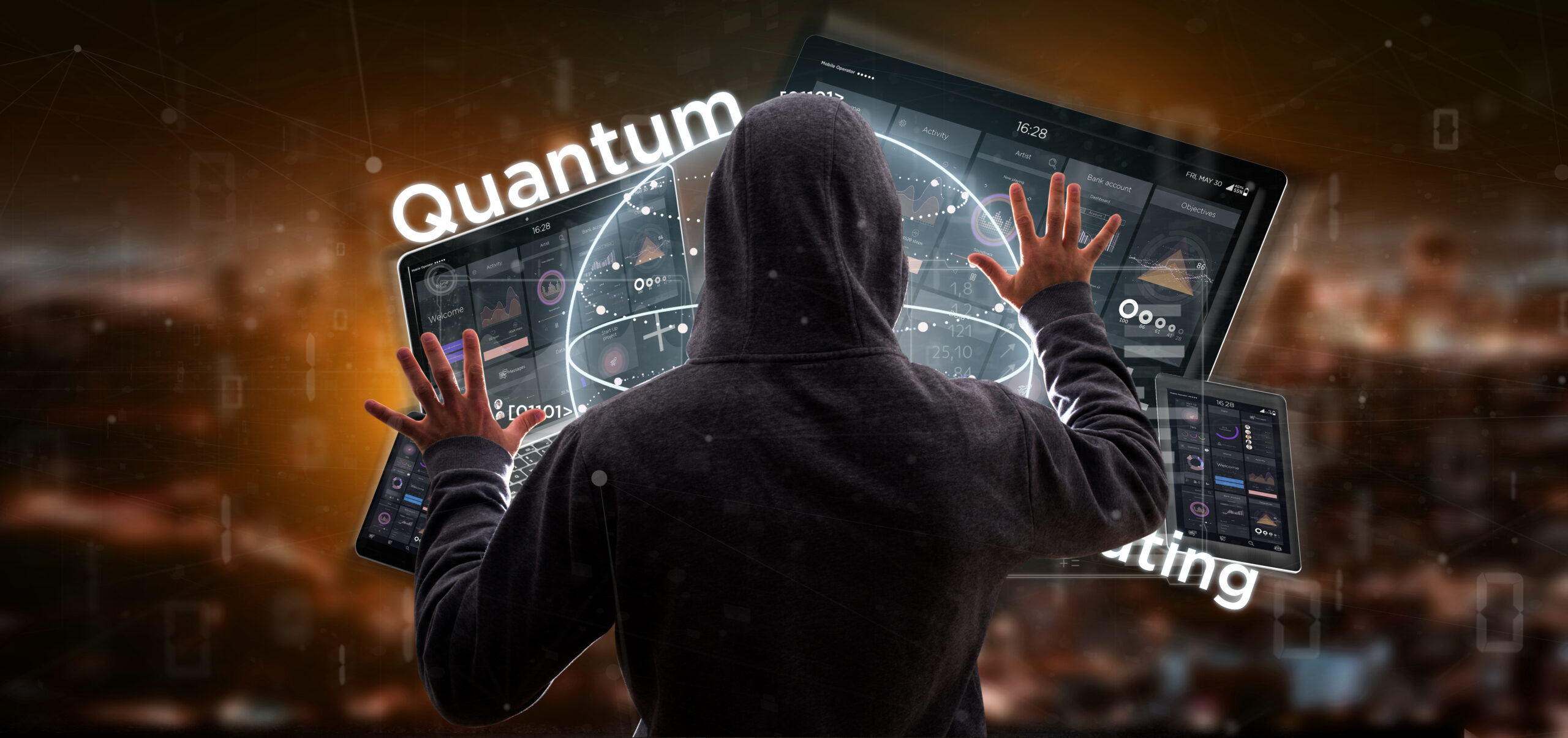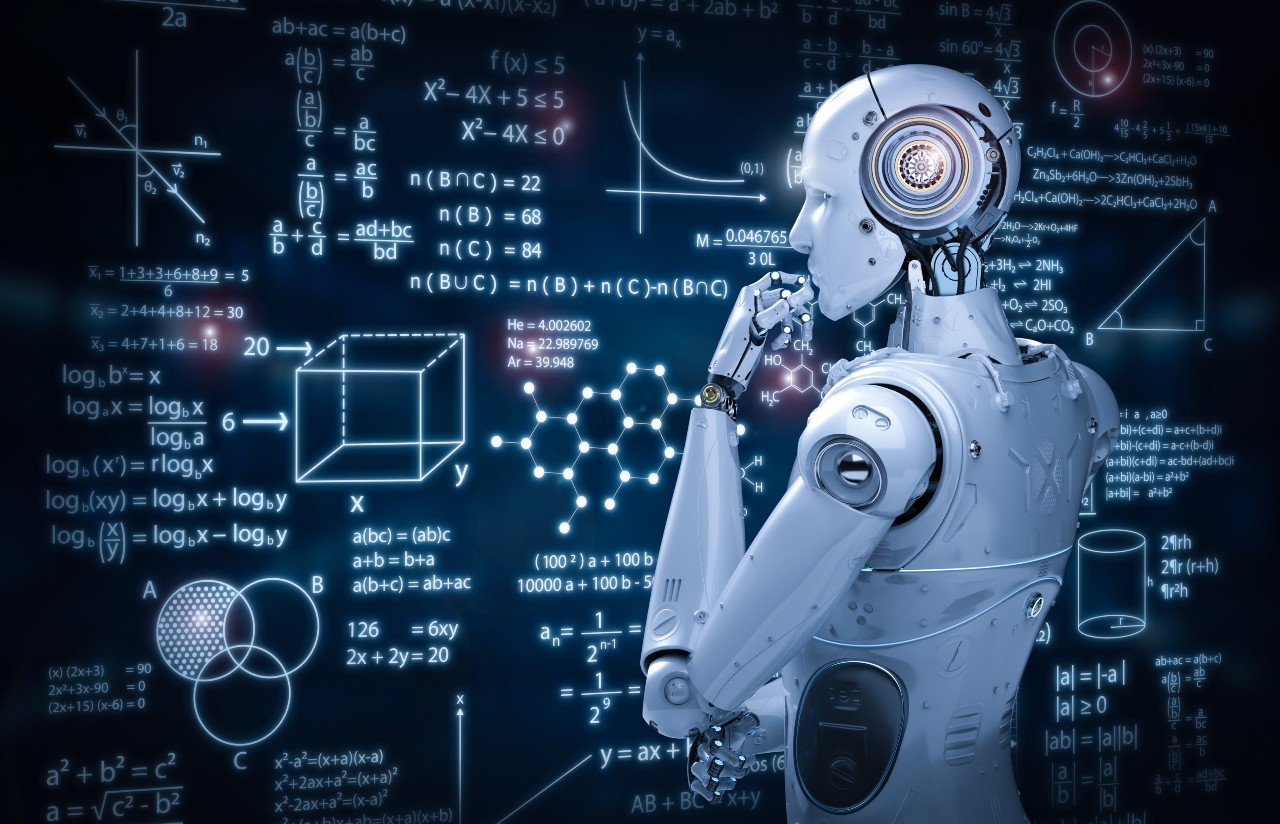Androids probably aren’t capable of dreaming about electric sheep yet, but Google’s DeepMind neural network, which “dreamed up” psychedelic images a few years ago, seems to be on track to turn this bit of science fiction into reality. With the way artificial intelligence and machine learning have been advancing, Phillip K. Dick’s question about androids and electric sheep may be close to being answered.
Artificial intelligence (AI) and its branch, machine learning (ML), are two partners that could eventually guide the tech world into producing real intelligent behavior in machines. Artificial intelligence is all about reasoning, problem-solving, and learning in general. Machine learning, on the other hand, is about programming a machine specifically to learn. It learns from definitions, instructions, behavior, and examples.
Machine learning lets computers learn and improve on their own. Their algorithm “train” them to automatically improve through experience. The algorithms in machine learning enable computers to communicate with humans and to drive cars autonomously; it’s also how Netflix knows which shows to recommend that you might like.
With the advent of Big Data, machine learning seems to be the one that’s capable of parsing and analyzing huge amounts of information quickly and efficiently. This is probably one of the reasons the ML market is likely to balloon from more than a billion US dollars in 2016 to almost nine billion US dollars by 2022. That’s an increase of more than 44%. Data is a gold mine, and machine learning is an extremely efficient mining tool.
The big boys in the tech industry like Google, Apple, Microsoft, and others are already investing substantially in ML’s future; clearly, nobody wants to get left behind. Machine learning is going to get bigger. Below are the areas in which machine learning will affect most in the future.
Unsupervised Learning
Unsupervised algorithms in the coming years will likely continue to improve by leaps and bounds. The improved unsupervised ML algorithms, used in numerous businesses, will likely be influential in shaping the future of machine learning.
Machine learning, as a branch of AI, is patterned after the human brain to complete tasks using algorithms and statistical models. Supervised and unsupervised learnings are two key processes through which data scientists can teach ML algorithms.
The last decade has seen machine learning progressing tremendously with supervised and unsupervised learning, which made technologies like self-driving cars and photo recognition possible.
Another area where unsupervised learning will be making its mark is cybersecurity. When it comes to cybersecurity, supervised learning is limited; it only seeks threats that have been labeled before. Unsupervised learning, on the other hand, always searches the network for any anomalies. It can interpret sets of unlabeled data. So, if you want to find patterns yet aren’t sure of what you’re looking for, unsupervised learning can get the job done.
This is particularly helpful in cybersecurity, especially when an attacker keeps changing methods. An unsupervised system won’t be looking for any specific label. What it does is look for patterns of behavior that are deemed abnormal. These anomalous patterns will then be labeled by the unsupervised system as dangerous.
Unsupervised learning has several methods, but the most common is called “clustering.” This is the method of automatically grouping data points with matching characteristics and designating them to “clusters.”
Here are a few uses of unsupervised learning:
- Customer segmentation, or recognizing various customer segments, which helps build marketing strategies.
- Clustering DNA patterns in studying evolutionary biology (genetics).
- Recommender engines, which include categorizing users with the same viewing patterns together, to recommend similar shows.
- Anomaly detection or outlier analysis which consist of fraud detection or defective mechanical parts detection (that is, predictive maintenance)
As language evolves in unsupervised machine learning, algorithms will make systems with ML more pervasive. It will be interesting to see improvements in the areas cited above. New technologies and applications will follow, further shaping the technological landscape of the future. Demand for IT workers with ML know-how will be in demand. Here’s a great place to get started.
Quantum Machine Learning (QML)

Quantum computers have always been in the domain of science fiction, together with artificial intelligence. Now, in the 21st century, the question is no longer “if,” but “when.” In fact, there are several companies that are actively involved in the development of quantum computers. Combined with machine learning, they could be the main driving force of the future.
Quantum computers integrated with ML would mean a sea of change in computing speed. This would mean faster analysis of Big Data, plus deeper and meaningful insights that could be gleaned from a particular dataset. This quantum leap in performance could aid whole industries to achieve results that were otherwise unattainable using the old machine learning processes.
The implications of channeling such computing power could truly change the world. This is why companies and several countries are in a race for who could develop the first fully functional quantum computers. Experts, however, estimate that this could still be years away. But, the prize is such that companies and governments now are spending billions of dollars to be the first.
Quantum machine learning is a very new field and has potentially unlimited room for growth. Pundits foresee how it’s going to upend the tech world, particularly in these areas:
- Understanding further the composition of the human body
- Space exploration
- Manufacturing new materials using molecular and atomic maps
- Molecular modeling that could lead to the discovery of new drugs and treatment
- Understanding nanoparticles
Enhanced Personalization Using Machine Learning
Digital marketing has a leg up when it comes to personalized marketing and artificial intelligence. Digital marketing firms have been using machine learning in personalizing and automating emails and chatbots for e-commerce companies. Personalized marketing is a process that uses consumer data to adapt user experience to tailor recommendations specific to each customer.
It has replaced cookie-cutter mass marketing, with companies targeting an individual with customized offers. Spotify has been using this method, refining and tailoring its product for a more personalized user experience. The aim is to provide a strong user experience and to build brand loyalty.
Machine learning is extremely effective in personalized marketing. Segmentation and targeting lets marketers classify various lead segments like high-value customers, channels, and locations. While segmentation is capable of running on its own, combining it with ML can be scarily effective and accurate. Marketers can send you personalized and contextual information according to your web searches, interests, likes, and more.
Demand for machine learning is increasing as a result. In a survey done by MemSQL, 61% of the 1,600 organizations interviewed chose ML and AI as their most important data program. The worldwide market for ML is also expected to grow to more than USD$8 billion by the year 2022.
Machine Learning In Robotics
Other aspects of tech where we’ll see machine learning are in robotics. Robots would certainly be more effective in performing tasks with a machine learning algorithm. The Global Service Robotics market, according to a Market Research Engine report, is expected to grow to around USD$24 billion in 2022. The market is also estimated to have a compound annual growth rate (CAGR) of around 15%.
As machine learning continues to develop, robots will be expected to carry out more complex tasks, leading to more industries embracing automation. Drones will also become more powerful tools for any industry and will be put to use in more commercial applications. The market opportunity that will be created by robotics with the development of machine learning algorithms will be too great to ignore.
Conclusion
The possibilities that the development of machine learning presents are enormous. It’s a given that ML will revolutionize the tech world. Machine learning is a solution for a wide range of problems. When it comes to detection, localization, analysis, image classification, medical diagnosis, speech recognition, and others, it’s unbeatable.
What’s also great about machine learning is its flexibility and adaptability. It can learn one set of techniques and apply it effectively to a different set of problems, with very little adjustments. Companies and governments are investing billions of dollars in anticipation of the coming tech revolution that will be brought about by the development of artificial intelligence and machine learning.
Wherever the future may lead us, it’s clear that artificial intelligence and machine learning will be at the forefront.





